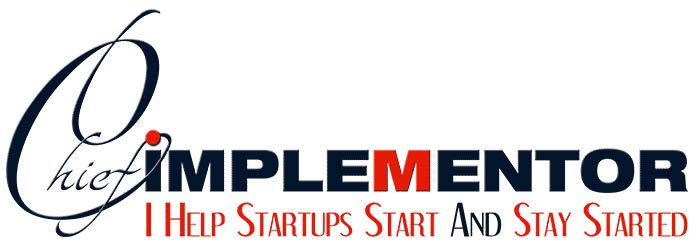Article by William Todd
Building Blocks Of Project Management – Technology
Search by Author, Title or Content
Article ContentAuthor NameArticle Title
Home
Submit Articles
Author Guidelines
Publisher Guidelines
Content Feeds
RSS Feeds
FAQ
Contact Us
One can simply define the project review as project start date, business plans and their corresponding benefits. When one devotes a quality amount of time in project planning, he ensures to minimize the cost involved and the project duration. Furthermore he ensures that the project quality is maintained at an all time high. One should always define the project overview statement with the following items:
Name of the project and start date of the projectRevision history and the corresponding versions details needs to be documented. Document should clearly explain the reasons for the revision and who has executed the revision along with the person details who has validated the revised versionDefine whether the project owner is a sponsor or a customerName of the project manager who owns the authority and the responsibility to execute the tasksProject Goal: describes what the project is going to achieve and define the goal setting.Duration of the project: Time frame that needs to be devoted by the number of staff allotted.Total costs: It is advisable to consider both the capital and expense costsProject Review Gantt chart to track the project completionAssumptions: Name the items which are needed for project execution but it is outside the control of the project team.Risks: Name the situation which can impact the project. It is advisable to draw up a Risk Priority Number for each of the tasks related to the project so as to minimize the impact on the business and at the same time, one can draw up a backup planLimited human resources and budget are some of the obstacles that one will face.Development of SOP’s and client specific documents, defining the business policies and guidelinesApproval from the business head is mandatory to initiate the project work
The application of latest management techniques and systems to execute a project from start to end, to maintain quality, time and cost has given rise to various online project management tools
Small business is a business owned privately and operated by a small number of employees. Small businesses have worked with email applications, accounting software, contact managers and databases, sales, and bookkeeping. The latest software and systems work together with the programs one is already using. Operating systems: Windows XP is one of the most advanced desk operating system. Business men can work faster and smarter with this operating system.Office Systems: The MS office enables one to access information quickly, streamline activities, share and communicate with team members.Networking and Servers: provides messaging, collaboration, security-enhanced internet access, and protected data storage. Eg. Windows small business server 2003.Developer tools: obtain quick results, build windows, web, and mobile, communicate and share more with teams, and ensure quality. Eg. Visual studio 2005
Project manager software helps you plan, monitor, and report on the project. It helps one understand the actual versus planned progress in a project as it happens. It’s a web-based system hence one can login from anywhere at anytime. It has the following features:
Dashboard: This one gives a graphical view of the status of one’s task online. One can customize one’s dashboard and create a unique way to view one’s project. With the help of group portfolio one can view different projects at the same time.Project planner: This helps to create and share plans with team members. One can schedule tasks and assign resources online.Intelligent reporting: This helps to configure the project status reports with the information one needs.Manage teams: This helps to create teams, assign tasks, and reallocate tasks.Track results: This helps to view progress of the project against schedulesCollaborate online: It helps to send emails to other people in the project, share documents, images, and add comments
Task Manager gives information about programs and processes that run on one’s computer. One can see the status of the running programs and end programs that have stopped responding. One can also see graphs and data on CPU and the amount of memory used. If there is more than one person connected to one’s computer, one can see who is connected, who is doing a specific task, and also send messages to them. The various tabs used are as follows:
Application tab: Using this tab one can update data, end a program, start a new program, and switch between programs.Process tab: Using this tab one can assign a process, change priority of running programs, end a process, sort the list of processes, and process column headings.Performance tab: Using this one can view graphs, number of processes running on the computer, update task manager, change display option, and performance field’s overview.Networking tab: Using this one can view the quality & availability of the network connection. It displays a graphical representation of the network performance.User tab: displays the users who can access the computer, client name, and session which provides one a name to perform task like sending other user a message or to get connected to other user’s session
It is very important to utilize the available tools to effectively run’s one business
About the Author
Article by William Todd of Dooster.net, a website with the best dooster task manager and online project management information on the web.
Use and distribution of this article is subject to our Publisher Guidelines
whereby the original author’s information and copyright must be included.
William Todd
RSS Feed
Report Article
Publish Article
Print Article
Add to Favorites
Article Directory
About
FAQ
Contact Us
Advanced Search
Privacy Statement
Disclaimer
GoArticles.com



